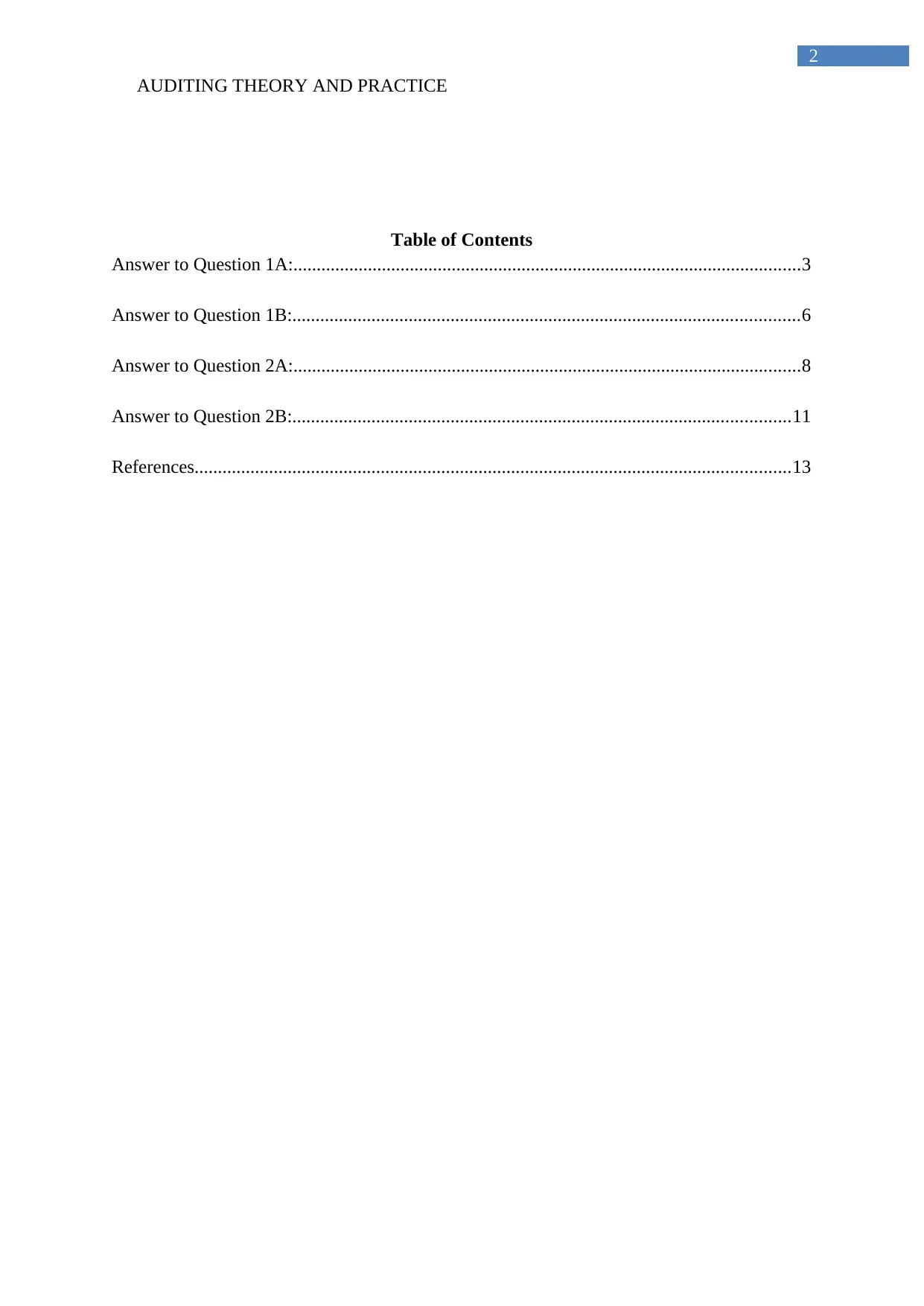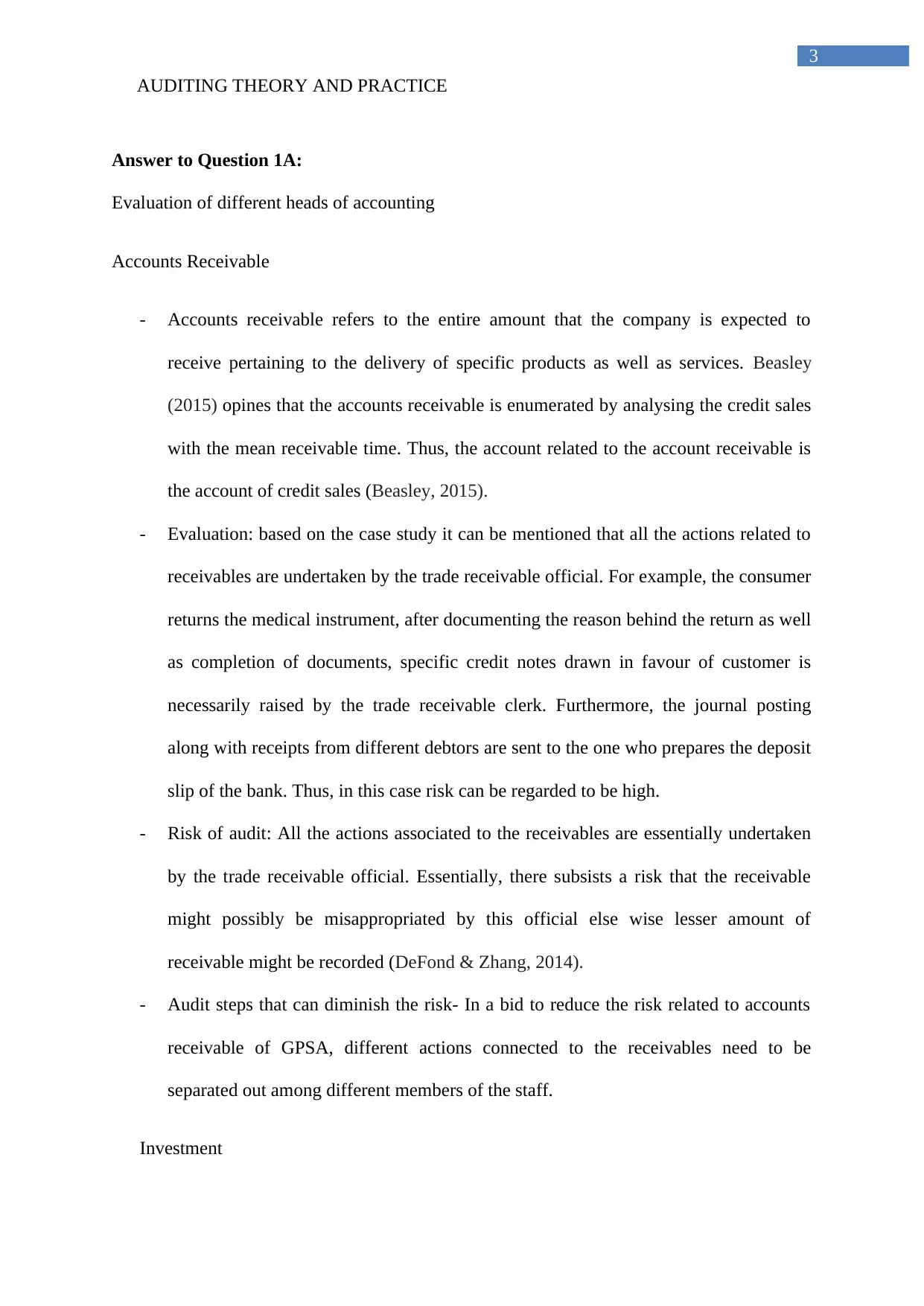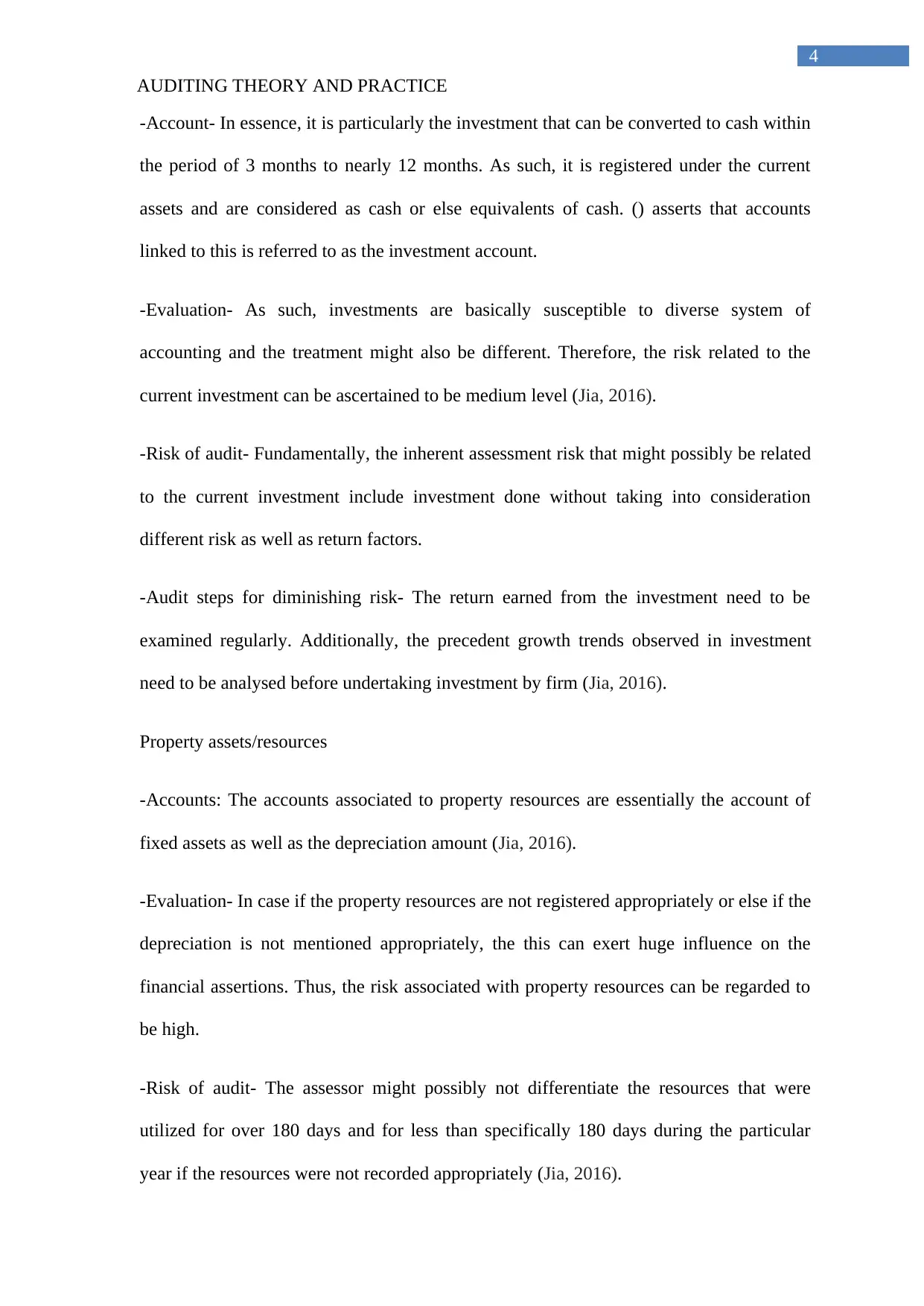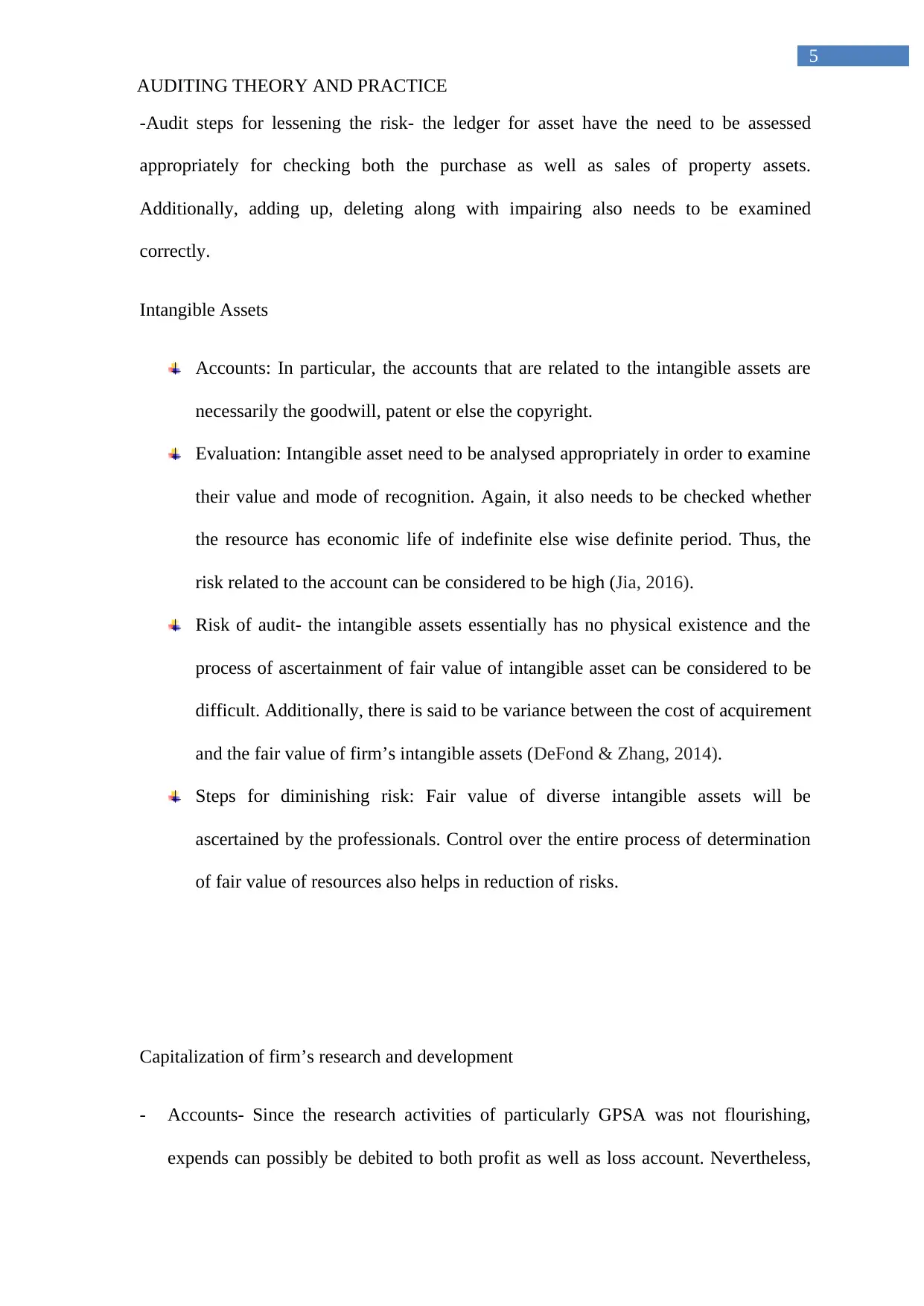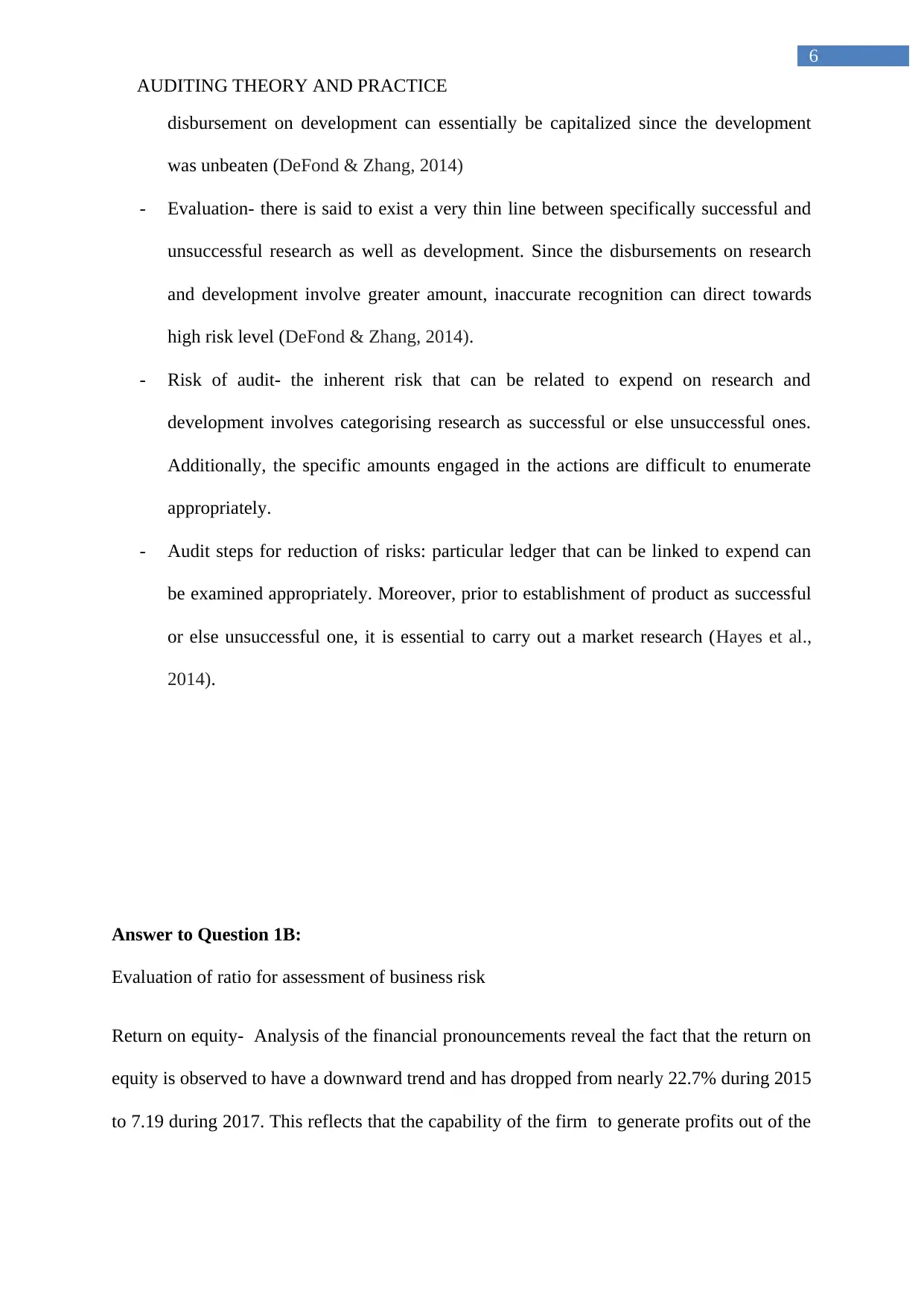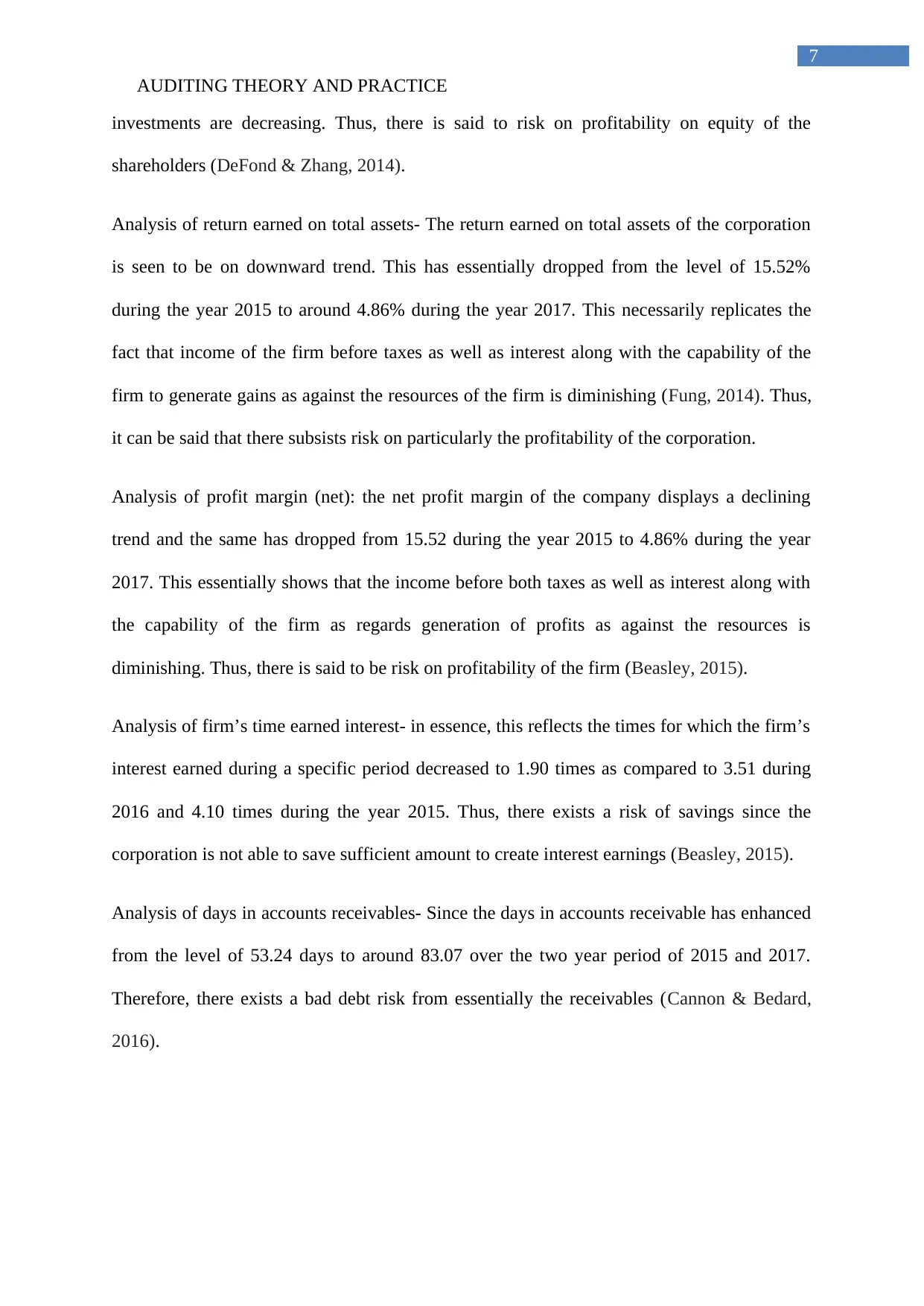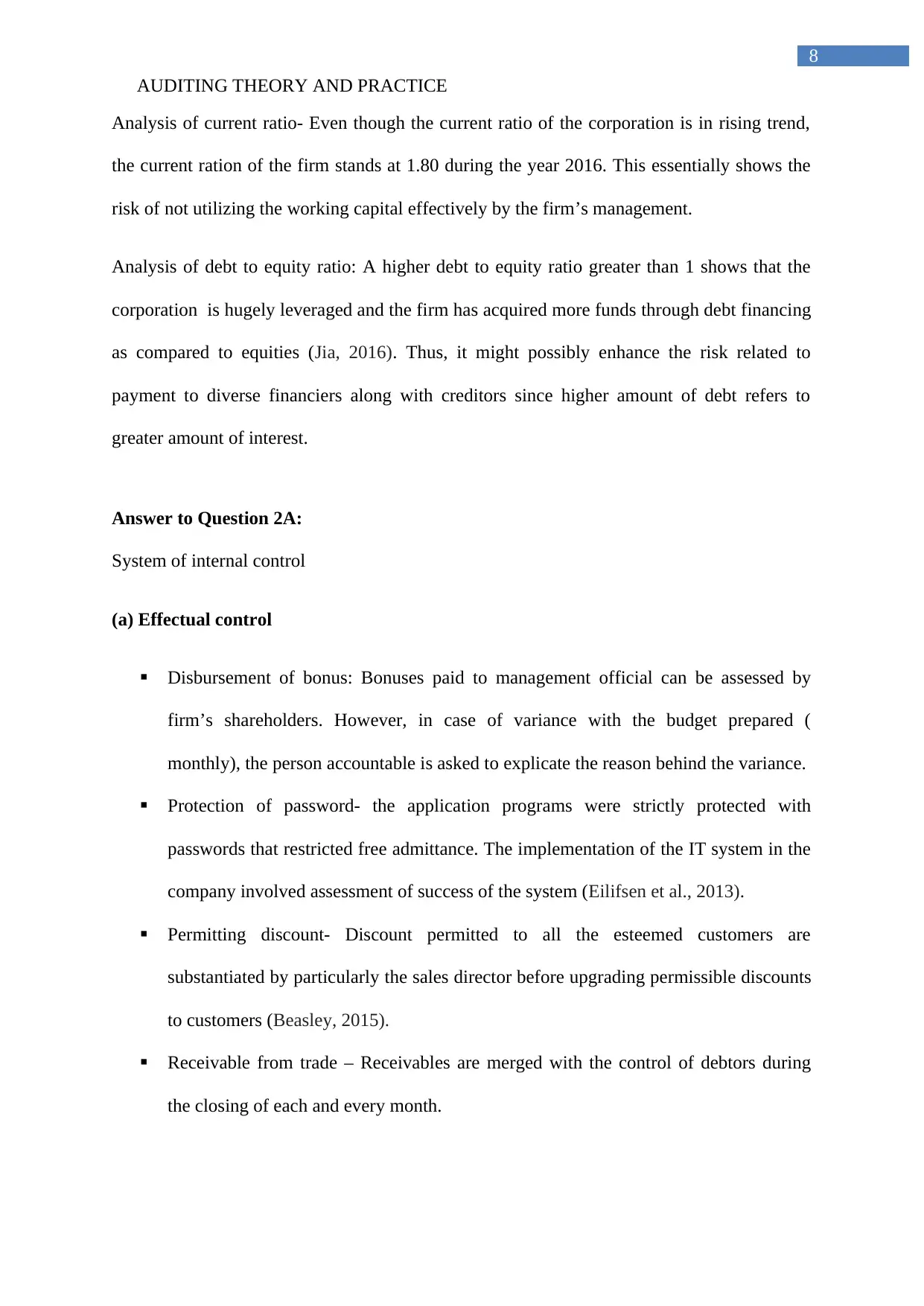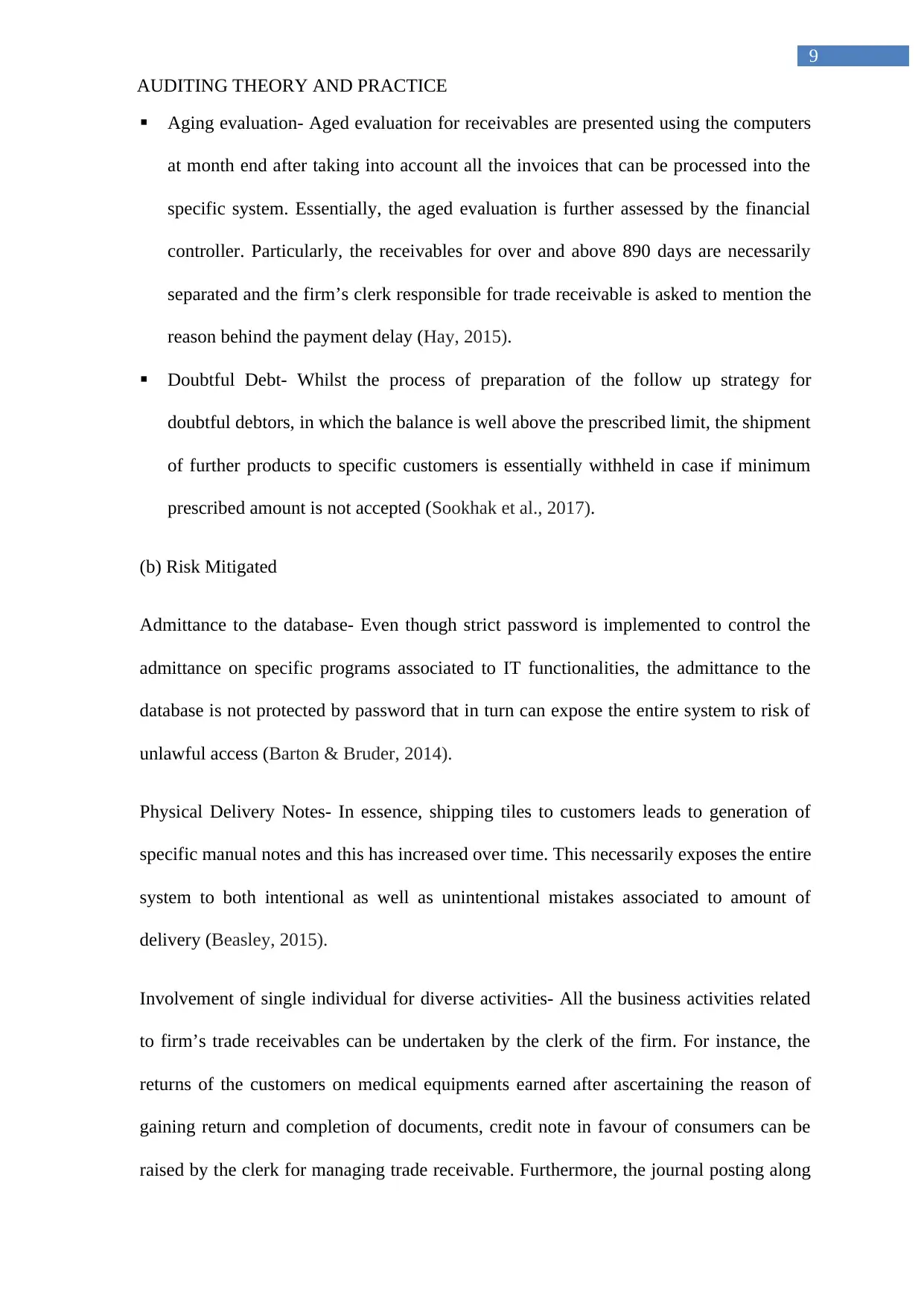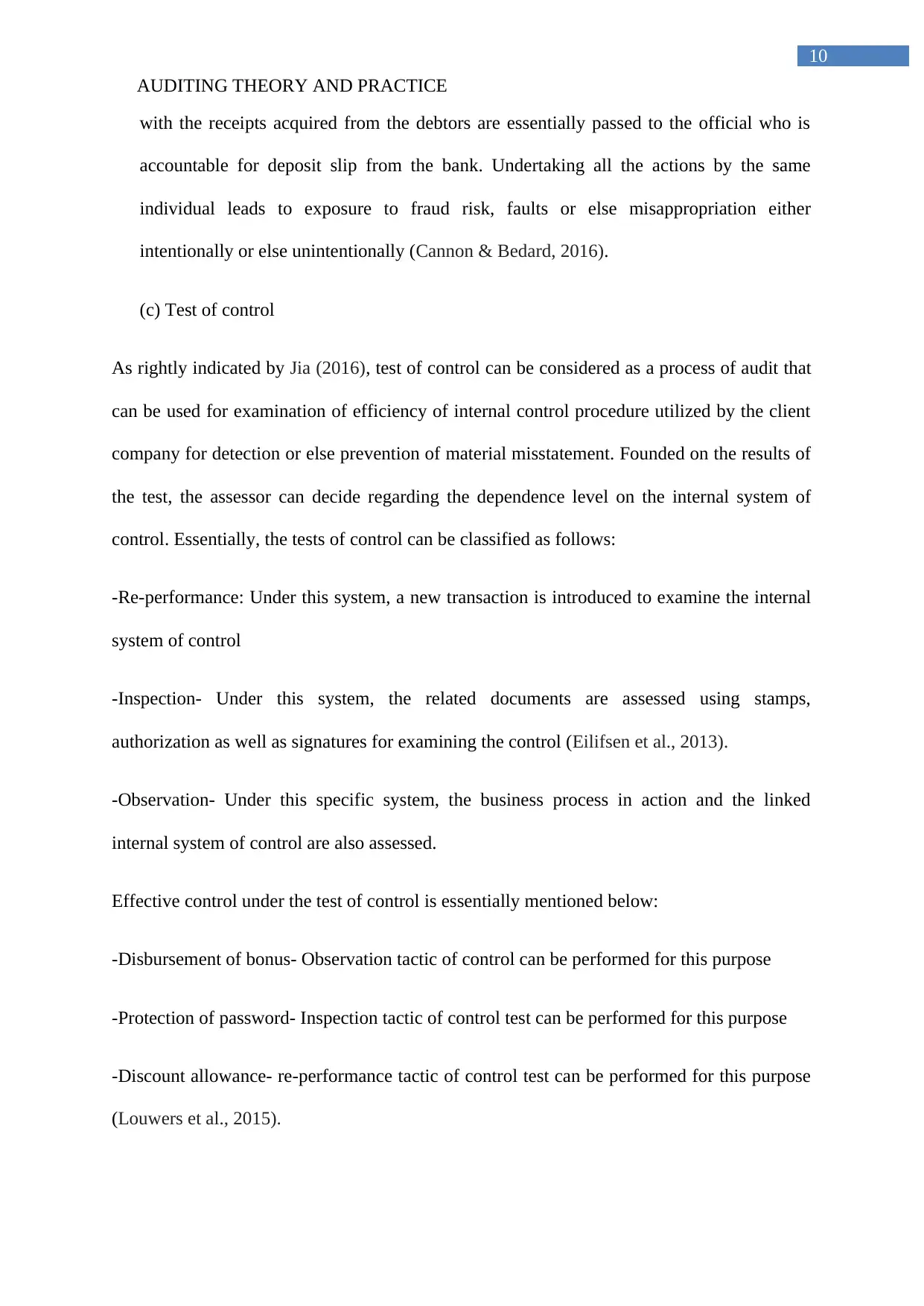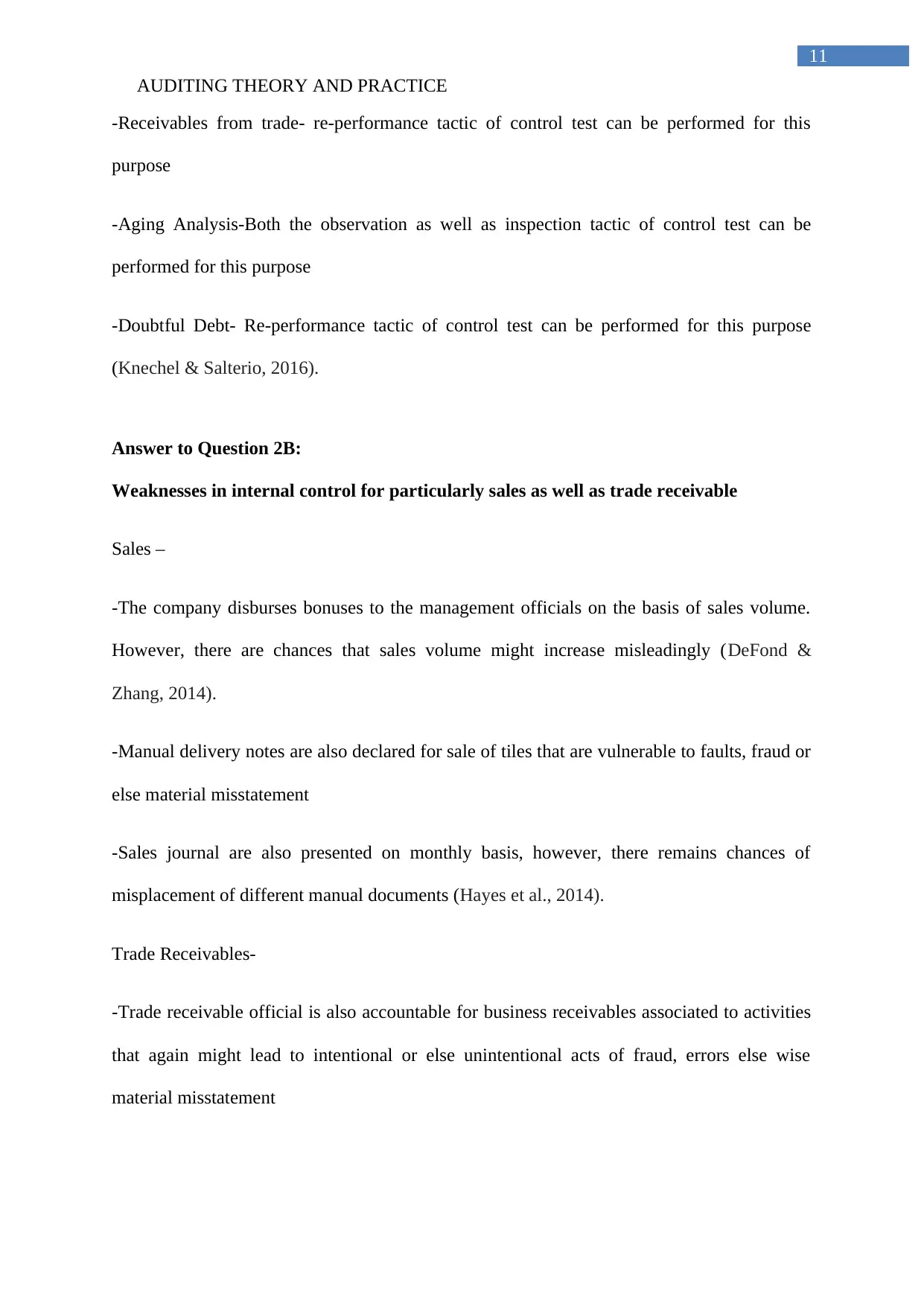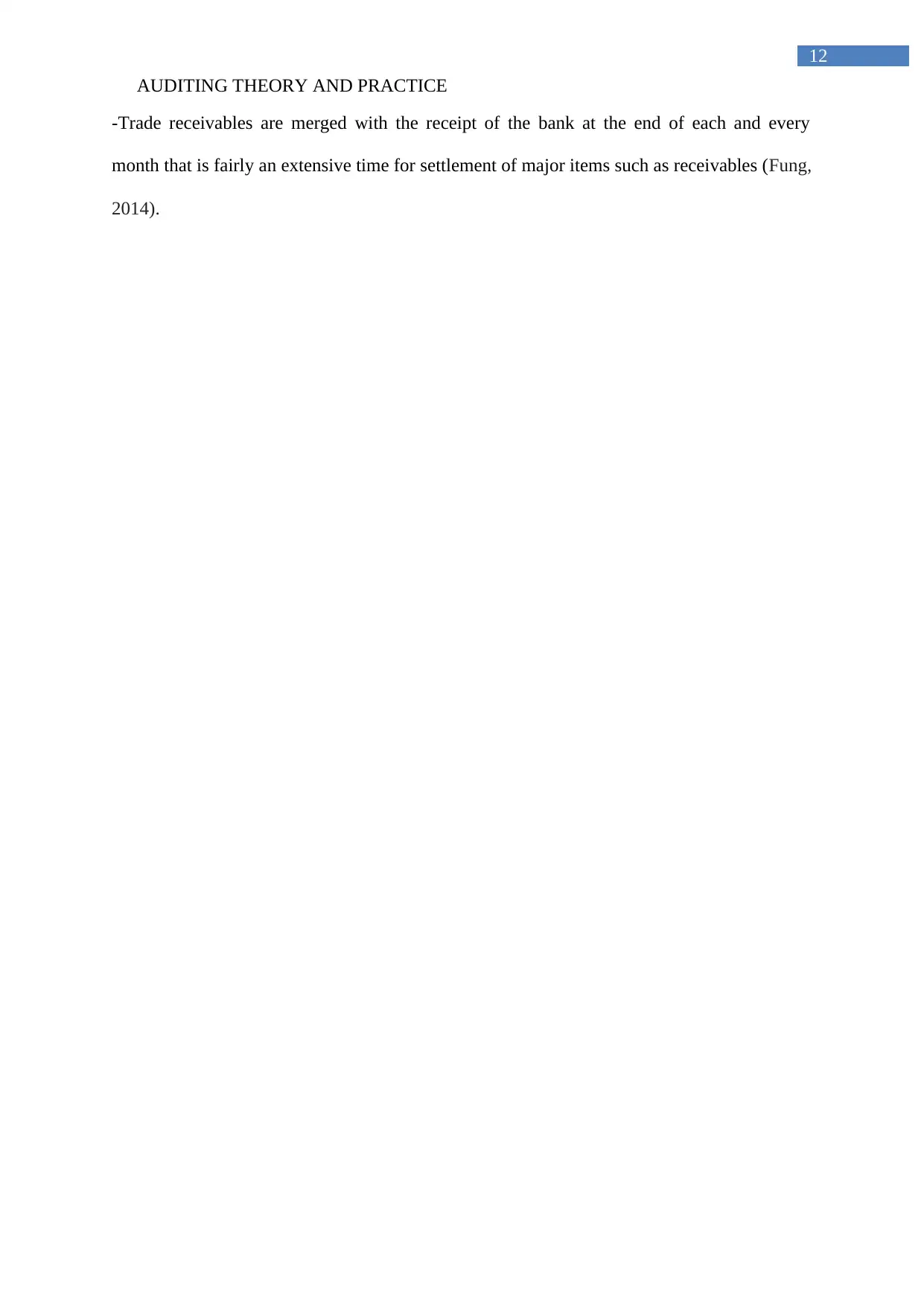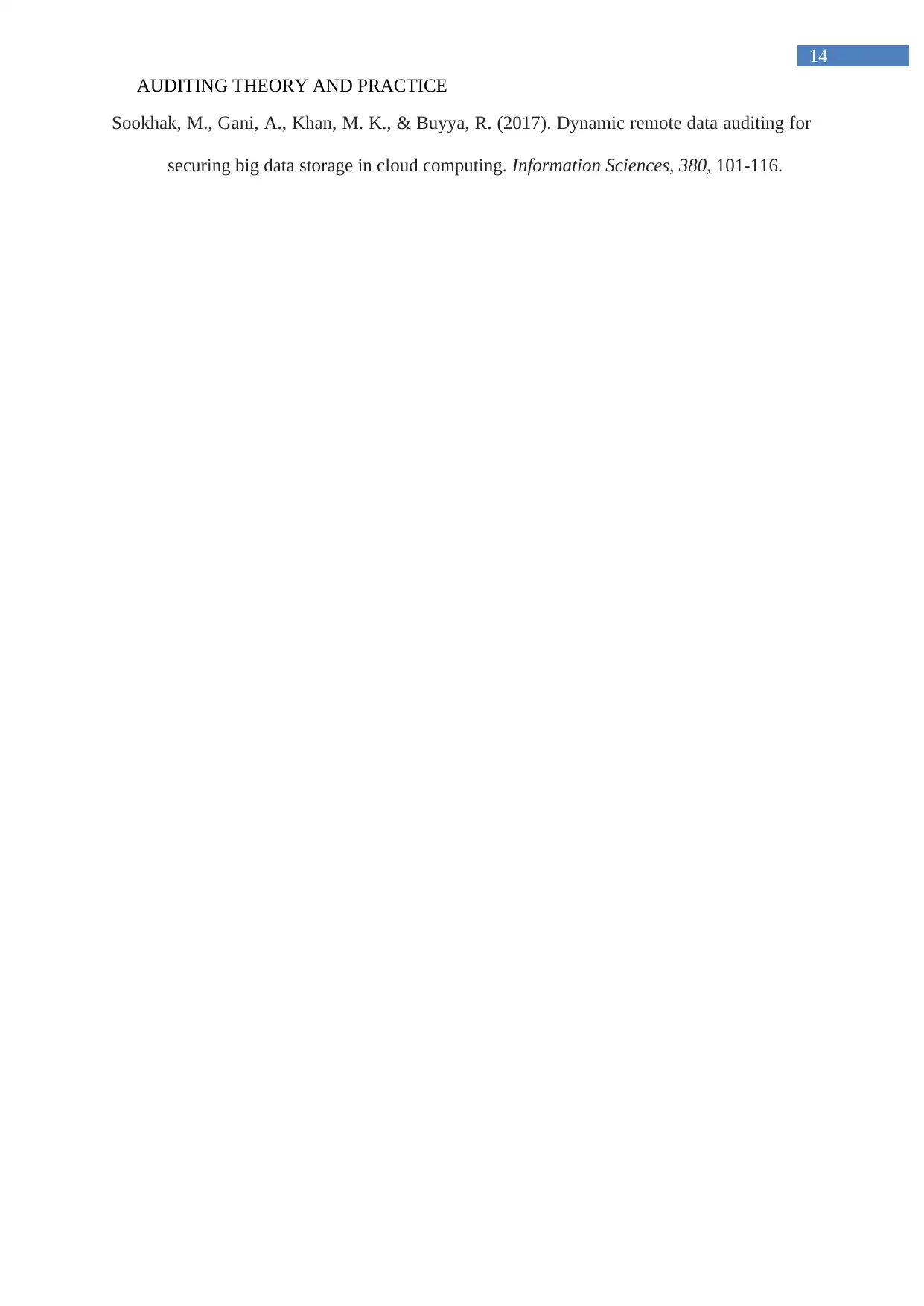In this assignment content, various internal control procedures are discussed, including effectual control, risk mitigation, and test of control. Effectual control refers to the disbursement of bonuses, protection of passwords, permitting discounts, receivables from trade, aging evaluation, and doubtful debt. Risk mitigation involves controlling admittance to databases, physical delivery notes, and involvement of single individuals for diverse activities. Test of control includes re-performance, inspection, and observation tactics used to examine the efficiency of internal controls in detecting or preventing material misstatements. Weaknesses in internal control are identified for sales and trade receivables, including manual delivery notes, sales journals, and potential fraudulent activities.
![[object Object]](/_next/static/media/star-bottom.7253800d.svg)
![[object Object]](/_next/static/media/star-bottom.7253800d.svg)

